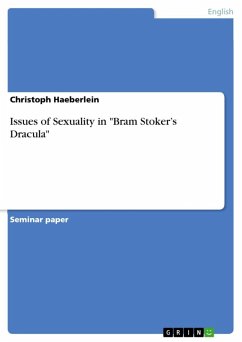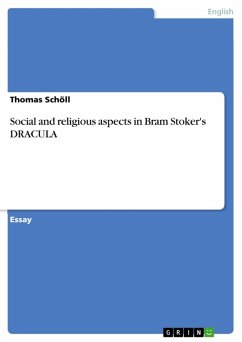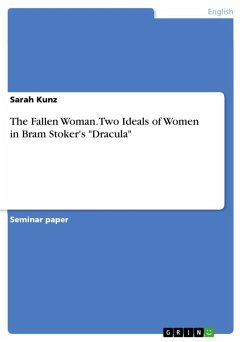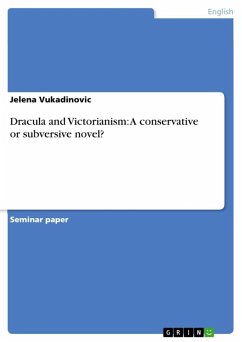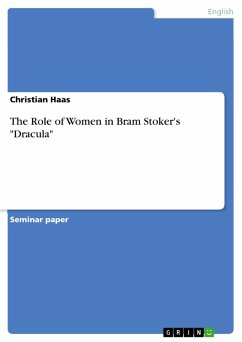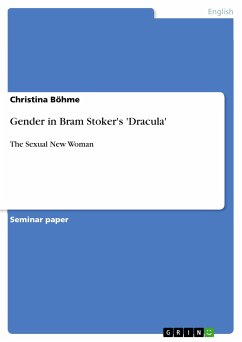Seminar paper from the year 2006 in the subject English Language and Literature Studies - Literature, grade: 1.7, University of Cologne, course: Gothic and Neo-Gothic Ficiton, language: English, abstract: Taking a look (an not even a close one) at movies or TV-series dealing with vampires, one immediately recognizes the vampire as a sexed-up figure, conveying the notion of the lascivious vamp as in Underworld, the noble alpha-male as in Blood Ties or the longed-for guardian and lover as in Moonlight. In her novels, Anne Rice describes the vampire's bite as a liturgical act (cf. Brittnacher 1994:131), Sheridan Le Fanu's female vampire Carmilla is actually a lesbian (cf. Leatherdale 1985, 54) and John Polidori's early story The Vampyre is considered to have successfully combined the vampire-motif with a seducing romanticism (Hurst 2002, 139; Leatherdale 1985, 51). There is a long tradition in sexing up vampire-figures, reaching back even to Bram Stocker's Dracula. Indeed, Bram Stoker combined different aspects of the literary vampire when he created Count Dracula (cf. Brittnacher 1994, 119ff; Hurst 141f). This mixture of well-tried elements may be one of the reasons why Bram Stoker's novel is widely seen as the "by far best-known literary treatment of the vampire myth" (Bentley 1972, 27). Amazingly, Dracula has never been out of print since it was first published in 1897 (Leatherdale 1985, 11; McNally et.al. 1994, 133) and can thus be said to have become the figurehead for the vampirism-phenomena. Consequently, James Twitchell asserts that "vampire and Dracula have become synonymous" (1981, 132).
Dieser Download kann aus rechtlichen Gründen nur mit Rechnungsadresse in A, B, BG, CY, CZ, D, DK, EW, E, FIN, F, GR, HR, H, IRL, I, LT, L, LR, M, NL, PL, P, R, S, SLO, SK ausgeliefert werden.

